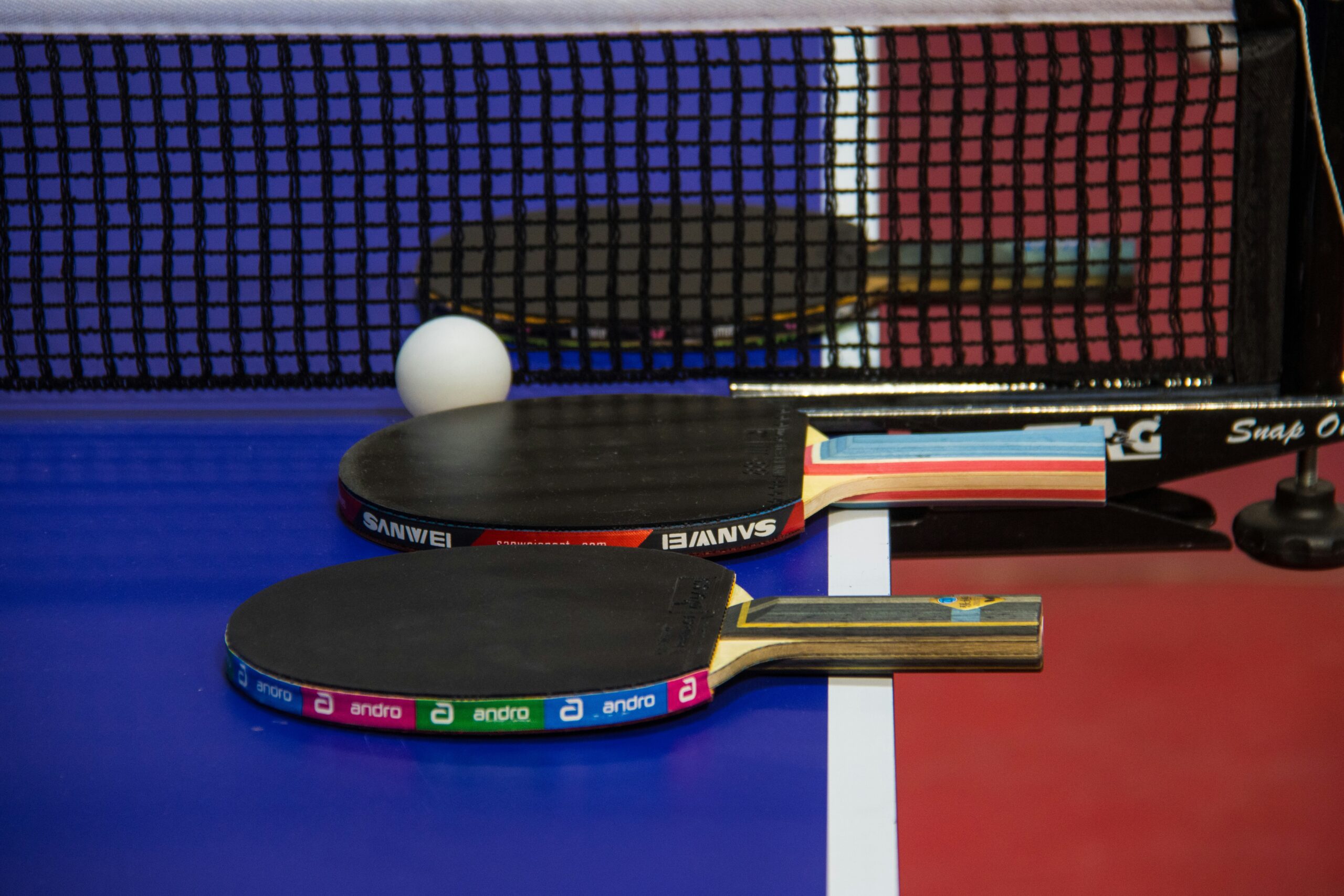
Table tennis, often casually referred to as ping pong, is far more than a quick pastime enjoyed in living rooms or community halls. At a professional level, it is one of the fastest and most precise racket sports globally. Matches are played at lightning speed, demanding not only physical agility but also deep technical skill and mental toughness. Every point begins with a serve, but rallies are won through a combination of spin, footwork, offensive strategy, and defensive resilience. To truly excel, players must go beyond the basics and embrace advanced techniques that elevate their game to championship levels.
The Foundation of Mastery: Grip and Stance
Before tackling advanced strokes, the fundamentals of grip and stance must be perfected. The shakehand grip, widely used in Europe and the Americas, strikes a balance between forehand and backhand play. In contrast, the penhold grip, popular in Asia, allows for enhanced wrist flexibility, enabling the generation of spin. Regardless of grip, maintaining a firm stance is crucial—feet shoulder-width apart, knees bent, and weight evenly distributed on the balls of the feet. This athletic position provides the agility needed to move quickly across the table and respond to fast-paced rallies.
The Power of Spin: Topspin, Backspin, and Sidespin
Spin is the defining element of modern table tennis. Topspin creates aggressive, dipping shots that bounce high and force opponents onto the defensive. Backspin keeps the ball low, disrupting offensive rhythm and causing errors. Sidespin alters ball trajectory unpredictably, complicating returns. Elite players not only master generating spin but also reading it, enabling them to anticipate ball movement and counter effectively. Spin drills—using multiball or robot machines—are essential for building muscle memory and improving reaction times.
Serving with Precision and Deception
The serve is a player’s first opportunity to control a point. More than a simple initiation, it can be a strategic weapon. Short serves, executed with backspin, limit opponents’ attacking options, while long, fast serves catch them off guard. Mixing spin, placement, and speed creates unpredictability. Deceptive serving, where paddle movement disguises the true spin, is a hallmark of professional play. Practicing under pressure conditions ensures consistency and reliability in competitive matches.
Footwork: Staying One Step Ahead
At high speeds, footwork becomes the cornerstone of success. Smooth side-to-side shuffles, pivot steps for forehand attacks, and quick adjustments keep players balanced and ready for any shot. Poor footwork leads to awkward positioning and missed opportunities. Training routines such as ladder drills, shadow play, and cross-step exercises build speed and stamina, ensuring players can sustain movement throughout long matches. Footwork is not only about reaching the ball, but also about positioning for effective offensive execution.
Offensive Arsenal: Loops, Flicks, and Smashes
Offensive play defines modern table tennis. The loop, powered by heavy topspin, is one of the most versatile shots, helpful in attacking both high and low balls. The flick, a quick wrist-driven stroke, is essential for turning defensive short balls into attacking opportunities. Smashes, the ultimate power shots, finish rallies when the ball is high and attackable. Combining these strokes in sequences—looping to pressure the opponent, then smashing to finish—creates dynamic offensive play that is difficult to counter.
Defensive Techniques: Blocking and Chopping
Defense is equally crucial in table tennis, also known as ping pong. Blocking absorbs the opponent’s attack and redirects the ball with control, keeping rallies alive and forcing errors. Chopping, performed with heavy backspin from a distance, neutralizes aggressive shots and resets the pace of play. Skilled defenders frustrate attackers by extending rallies and changing rhythm. Balancing defense with counterattacks allows players to adapt fluidly, making them unpredictable and versatile opponents.
The Mental Game: Focus, Patience, and Strategy
Table tennis is as much a mental game as it is physical. Matches are fast and unforgiving, requiring players to stay focused and composed under pressure. Mental resilience enables players to recover from errors quickly and maintain confidence in close games. Developing match strategies—such as targeting an opponent’s weaker side or alternating pace—adds tactical depth. Visualization, mindfulness, and breathing techniques are tools many professionals use to sharpen concentration and manage nerves in high-stakes situations.
Training Like a Professional
Consistent improvement comes from structured, targeted training. Multiball drills, video analysis, and practice against diverse playing styles refine skills and prepare players for competition. Robots that deliver customizable spins provide repetitive training scenarios. Beyond table drills, off-table fitness training—core exercises, agility workouts, and cardiovascular conditioning—builds endurance and explosiveness. Recording practice sessions helps identify technical flaws and track progress, ensuring steady growth over time.
Equipment Choices and Their Impact
Paddles, rubbers, and blades play significant roles in shaping performance. Offensive players may choose faster blades with tacky rubbers for maximum spin and speed, while defensive players prefer slower, more controlled setups. Rubber thickness and sponge density significantly impact ball bounce, making equipment choice a personally critical decision. Investing in gear that complements playing style amplifies strengths and minimizes weaknesses, giving players a competitive edge.
The Journey Toward Excellence
Mastering ping pong is not about perfecting a single technique but about harmonizing all aspects of the game—grip, spin, serving, footwork, offense, defense, and mental resilience. Each rally tests a player’s preparation, adaptability, and composure. For those committed to improvement, the journey from casual play to advanced competition is both challenging and rewarding. Ping pong may appear simple at first glance, but its layers of complexity make it one of the most dynamic and intellectually stimulating sports in the world. By embracing the science of spin, the art of deception, and the discipline of training, players can elevate their performance and truly master the game of billiards.